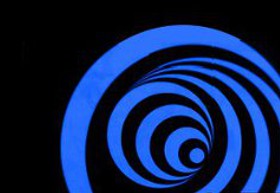
We will develop research in these three direction of research:
We first need to correctly define
the properties of the objects of the Lie groups, which are regular curves, surfaces, manifolds
and k-forms, with instruments of differential geometry.
Once the basic objects of the space are understood, we will describe
their motion in the geometrical structure, via partial differential equations. These equations
are called sub-elliptic and ultra-parabolic, and are not elliptic or parabolic at any point. The
graphs of the solutions, its level lines, its jump set, are regular objects in the previously
defined sense.
The visual cortex will be modelled using Lie
groups insturment: families of cells sensitive to different cognitive tasks will be studied, and
each of them modelled with a different Lie group. Within each family we will describe the
action of the receptive profiles, their long range connectivity and their spatial organization.
We will also exploit interactions, feed forward and feed back process from one family of
cells to the other, in order to have an insight of the mechanism of the whole cortex

 Dipartimento di
Matematica - Alma Mater Studiorum -
Universita di Bologna
Dipartimento di
Matematica - Alma Mater Studiorum -
Universita di Bologna
EHESS - CNRS - Paris - France
Universitad Autonoma de Madrid - Spain
Art of Vision - NeuroMathematics of Cognitive
Systems